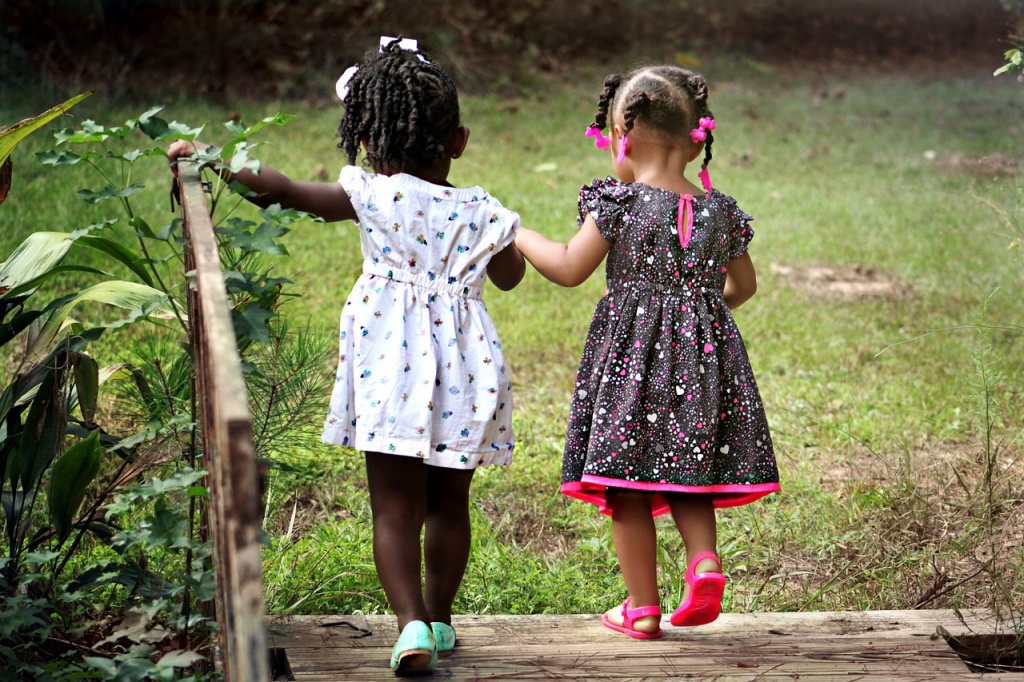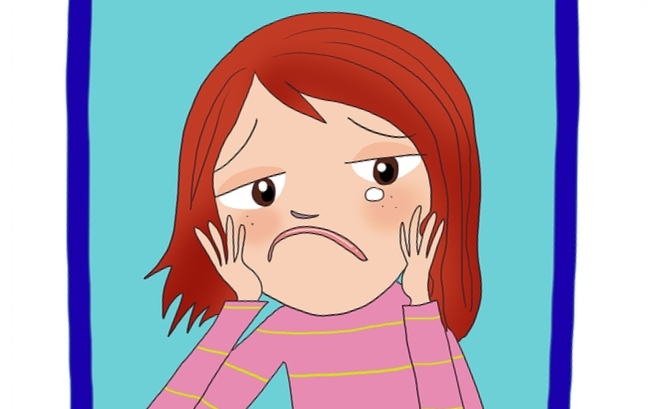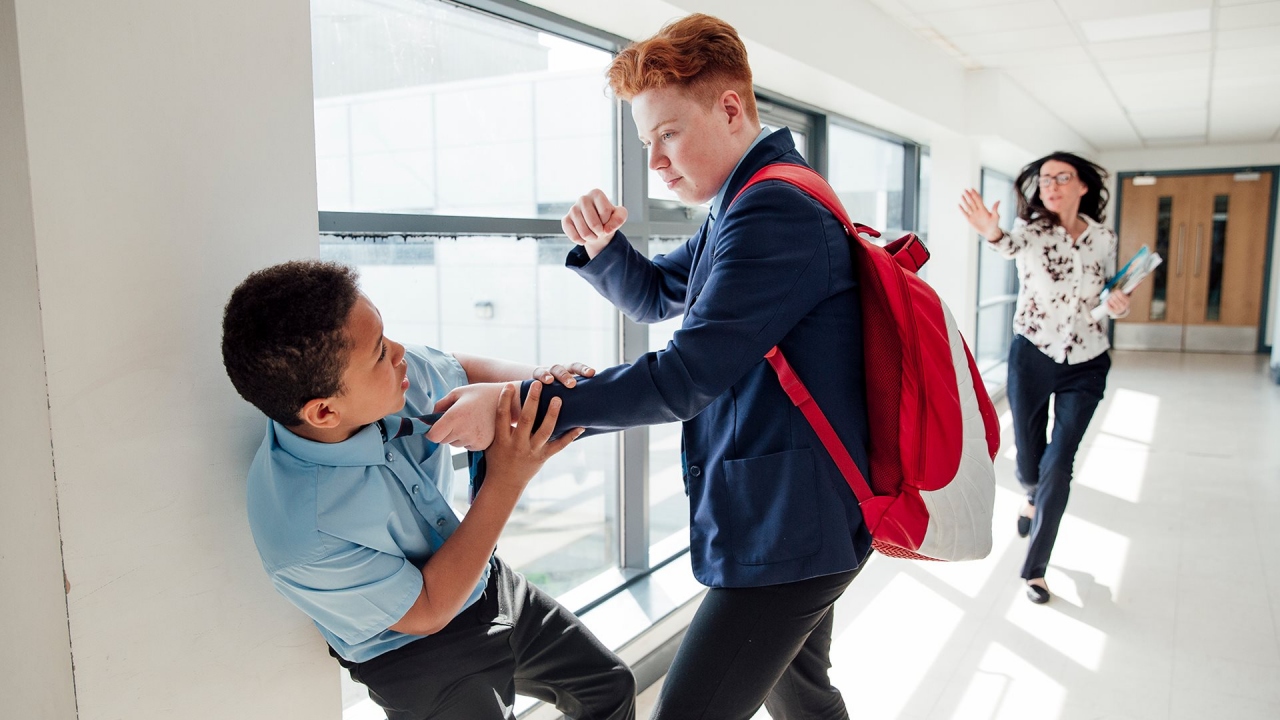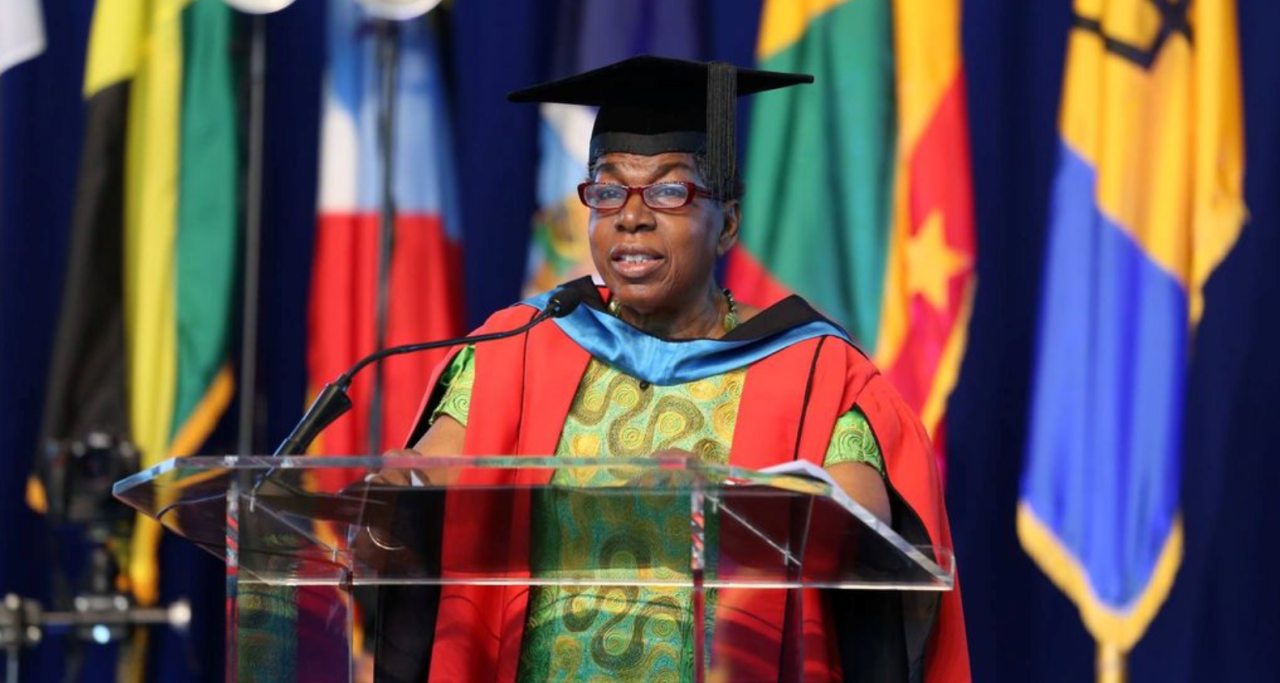“[…] In primary schools, it is 2,475 from 4,960 students or 49.8% [who are inactive due to Covid-19 regulations], while it is 2,838 from 4,750 students in secondary schools or 60%. That means a combined total of 5,313 from 9,710 students in Tobago, or 58%.
“If Trinidad and Tobago had a coronavirus infection rate of those proportions for any subset of the population, the entire country would be in panic mode. But we have created our own pandemic and not realised it, or cared about it—or are too scared to address it…”

(Copyright Allan V Crane/CA-Images/All Sport)
The following Letter to the Editor on the impact of Covid-19 on children athletes was submitted by Bishop’s High School football team coach Richard Goddard, who is a former Trinidad and Tobago international footballer:
The month of January 2021 saw an almost abrupt switch in discussion points during one of the Ministry of Health’s virtual press conferences, as Minister of Health Terrence Deyalsingh addressed Covid-19 fatigue and the mental health of children in Trinidad and Tobago.
Admittedly I was taken aback. I would be lying if I didn’t say I was shocked. Children are hardly ever mentioned in these updates.
A few days later, a press release came from both the Ministry of Health and Ministry of Education addressing mental health in children. Since then, every week, there has been at least one day when someone on the panel would speak to children and the effects of the restrictions on them.
I’d like to say, it’s about time. But in actuality, it’s months late.

(Copyright Allan V Crane/CA-Images/Wired868)
Anyone who understands human nature could easily understand restrictions such as wearing a mask, physical (social) distancing, stay at home and no (contact) sport would probably affect our children the most. Next to the elderly, they had the most to lose.
No matter how you want to look at it, all these rules coupled with online school is their ‘lock-down’.
The Ministry of Health’s website has no statistical information regarding children under 15 years old and, up to 18 February 2021, only one person (18 years old) has died in Trinidad and Tobago out of 138 deaths—a mortality rate of 0.007 with over 7,666 positive cases.
Jamaica is slightly worse with, as of 15 February 2021, four deaths out of 370 for a 0.01 rate from 19,300 positive cases. The United States has had over 3 million cases of children getting Coronavirus. Their mortality rate, according to the American Association of Paediatrics, is 0.00% to 0.25% and 0.00% to 0.05%.
Multiple studies of coronavirus have indicated children are not the main drivers of infections (adults are), so it begs the question: why are we keeping our children at home?

(Courtesy Sean Morrison/Wired868)
From a logical perspective, us adults do not want to remain holed up all the time, much less children. From a purely scientific perspective, the World Health Organisation (WHO), Centers for Disease Control, American Association of Paediatrics and every health-based organisation will tell you it is extremely important to keep your children active, and the reasons are numerous.
More sociable, stronger bone structure, improved immune system capable of fending off viral attacks, better coordination, better time management… The list goes on and on.
Each of those health organisations listed above made it clear that keeping children active is a part of keeping them healthy during this pandemic. If that’s the case, then how did the Ministry of Health come to a decision of keeping children away from (contact) sport for going on 10 out of 12 months—and in turn, putting a halt to development programmes for these same children?
I conducted some research and data collection per children who would normally be involved in football, cricket, netball and track and field in primary and secondary schools (add basketball for secondary schools) in Tobago.

(Copyright Kerlon Orr/CA-images/Wired868)
In primary schools, it is 2,475 from 4,960 students or 49.8%, while it is 2,838 from 4,750 students in secondary schools or 60%. That means a combined total of 5,313 from 9,710 students in Tobago, or 58%.
If Trinidad and Tobago had a coronavirus infection rate of those proportions for any subset of the population, the entire country would be in panic mode. But we have created our own pandemic and not realised it, or cared about it—or are too scared to address it.
Our leaders, including chief medical officer Dr Roshan Parasram, really dropped the proverbial ball on this one, and Minister of Heath Terrence Deyalsingh’s suggestion that parents take up the slack at home was insufficient.
On Monday 15 February 2021, a panellist in the Ministry of Health’s press conference stated that boys 10-15 years old are being most affected by the pandemic measures which are in place. We now have to keep close attention to these boys and adolescents for the next 10-20 years, to see if they fully recover from these lost opportunities.

(Copyright Daniel Prentice/CA-Images/Wired868)
I’ve already had coaches voice their concern about former players who are taking drugs and living aimlessly. This isn’t just about the ability to play and socialise, but lost jobs and opportunities, pessimism, the loss of family ties, the allure of gang life…
I hope and pray we aren’t at the cliff as yet.
Do you want to know why this should concern us all? We only spoke about football, cricket, netball, track and field and basketball. We haven’t even addressed dance classes, swimming, cricket, martial arts and so many other sports.
How could adults allow this to happen? Our children need answers.
Editor’s Note: Data provided by DEIE Sport in Education Unit, Tobago Zone SSFL, Tobago Basketball Association (Kerry Celestine), Staff members from respective schools, Members of Secondary Schools Track and Field (Athletics) committee.
Want to share your thoughts with Wired868? Email us at editor@wired868.com.
Please keep your letter between 300 to 600 words and be sure to read it over first for typos and punctuation.
We don’t publish anonymously unless there is a good reason, such as an obvious threat of harassment or job loss.
 Wired868 Wired868 for smart sport news and opinion
Wired868 Wired868 for smart sport news and opinion







Excellently written article and it must be worse in Trinidad